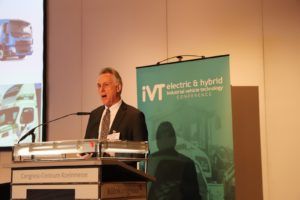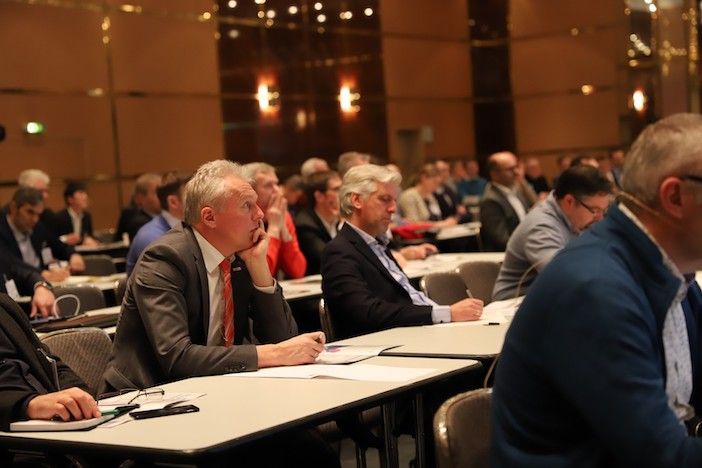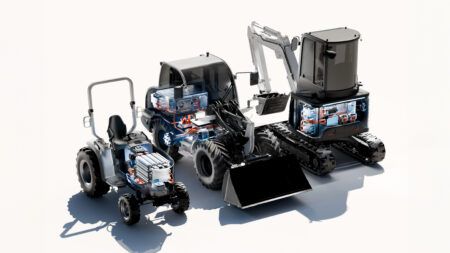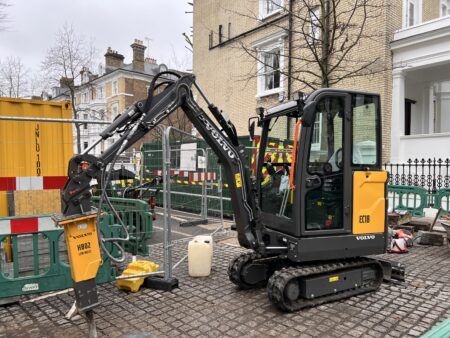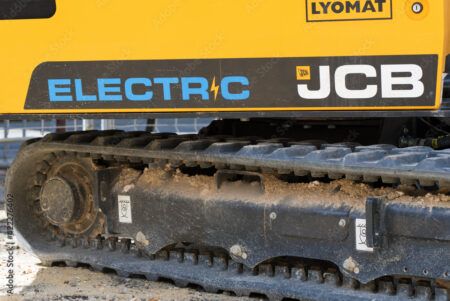The Electric & Hybrid Industrial Vehicle Conference at iVT Expo this week (February 13-14) uncovered some unifying trends across the industry – a key one being an overall move to more modular design techniques.
Several of the speakers, who included representatives from Volvo CE, Hyster-Yale, Poclain Hydraulics, Bucher Hydraulics, AVL Tractor Engineering, and Siemens, referred to modular techniques as one of the keys to solving the increasingly complex design challenges engineers now face.
Bill Van Amberg, (below) executive vice president of Calstart, an organization dedicated to clean energy solutions, delivered a presentation entitled ‘The global urban drive to zero and its impact on industrial vehicles’ and moderated across several sessions.
“I think there’s been some really very interesting things that have come out of this event,” he said. “One, is around the idea of building multi-functional devices – completely reshaping how you design an industrial vehicle. Instead of doing unique designs for every single vehicle, giving low utilization components, people are looking at how to design modular systems that can have multiple attachments that do multiple jobs out in the field but with a centralized modular powerpack. That could be a hybrid or an electric system.”
“We’re also still seeing innovation in the fundamental core components. So if we’re going to integrate a hybrid or electric system, then let’s fundamentally increase the efficiency of the hydraulic pump. Or let’s actually design a more optimized electric motor for the unique needs we have here, and then build a whole system around it. What we’re seeing is that the industry is getting very focused.
“Now is a time of opportunity. So what do we need to do to go beyond ICE technology and design whole new systems around electrified architectures? With the new thinking that goes into modular systems, we’re also looking at how the core components work together.
“iVT Expo has the right level of engagement for people who are building products, who need to share ideas and look at what the trends are – and find partners. It helps engineers and designers understand what’s emerging in the supply chain so it’s a tremendously valuable conference. You can figure out who’s new, who’s emerging, who’s has the best-in-class parts in this emerging, new supply chain, and I’ve heard that from several other people I’ve talked to today. They’re saying, ‘I didn’t realise that was in existence… I didn’t realise that company was doing what they’re doing.’ So just the interaction is fantastic.
